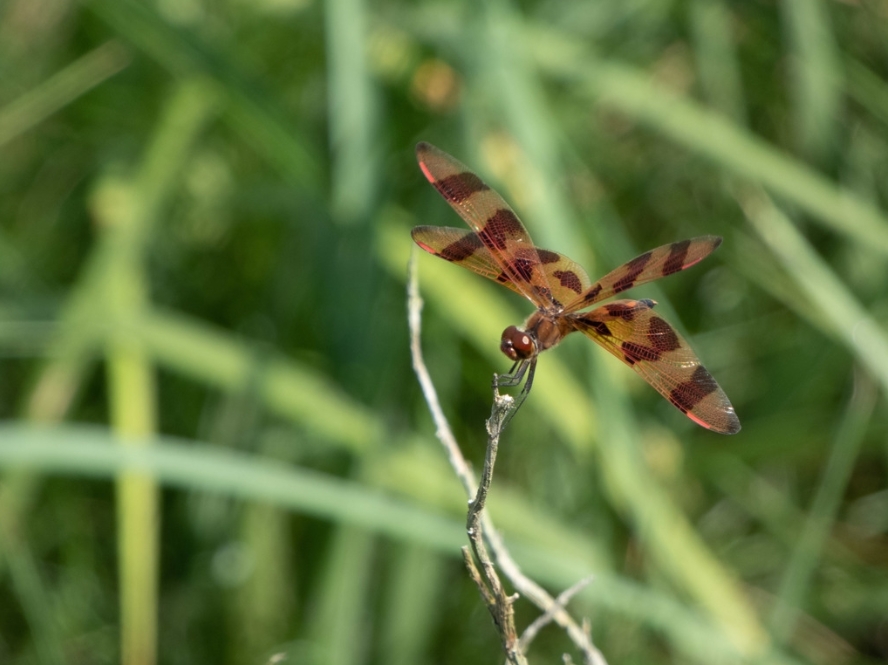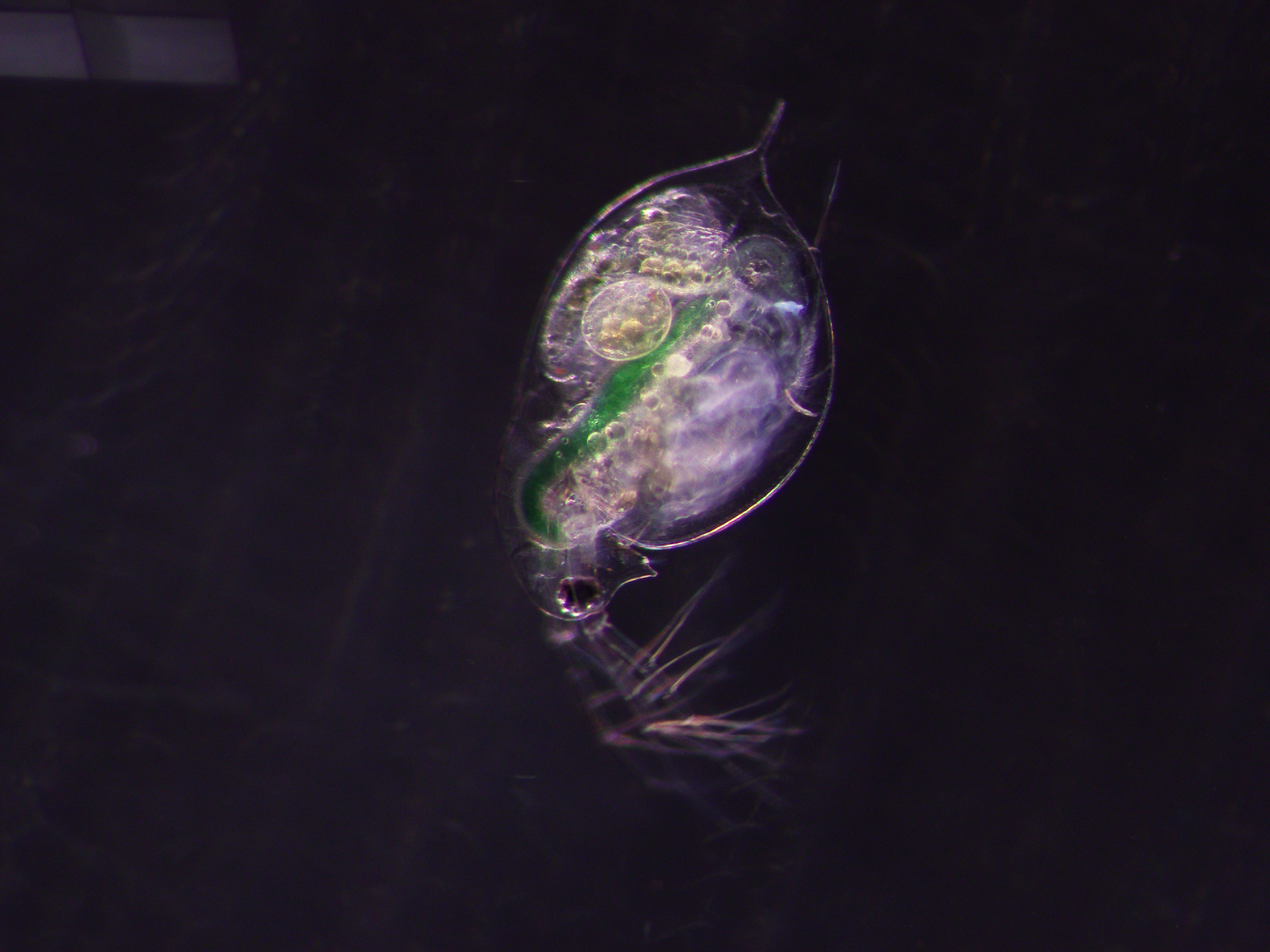Research
This page is more of an animated write-up of my interests. Also see my CV.
Current interests: turbulence, flying insects, paleontology
Certainly more to come in this section, since I am still very much in the “thinking and figuring out what the heck is going on” phase of the beginning of my PhD. For now, here is my elevator pitch: I hope to use my math and physics background to study insect flight, particularly the ways in which various insects have adapted to flight in complex, especially turbulent, environments. This might include investigating the role of flow regime in niche differentiating within and between biomes, comparing the different ways through which insects have convergently became really good at flying, and uncovering the story of flight evolution and adaptive radiation through geologic time.

Past projects
Sea star locomotion
This project got me started on biomechanics, and I conducted it at Bowdoin as my senior thesis in physics with the guidance of Amy Johnson, Olaf Ellers, Dale Syphers, and Mary Lou Zeeman. The goal was to figure out why sea stars do this thing where they synchronize their hundreds of lil tube feet as they move faster (see Movie 1 of this paper). Lots of info can be found in my undergraduate thesis, but a paper with some even cooler stuff is in progress (and you can find my poster at SICB 2025!).
Kelp biomechanics
Kelp is a really cool system to do biomechanics on because you don’t have to worry about any of that pesky behavior stuff! I fell in love with it during my time at the University of Washington Friday Harbor Labs taking Ecological Biomechanics with Emily Carrington and Mark Denny. Here I used a materials tester to test the elasticity and fracture mechanics of a few species of kelp from slightly different habitats, and some in different orientations. None of the results were that crazy, but I learned a lot.
Daphnia ecotoxicology
This work I did as part of the Rogalski Lab at Bowdoin College. The general goal was to use Daphnia water fleas as a system for understanding evolution and plasticity in response to pollution. Read our paper!
